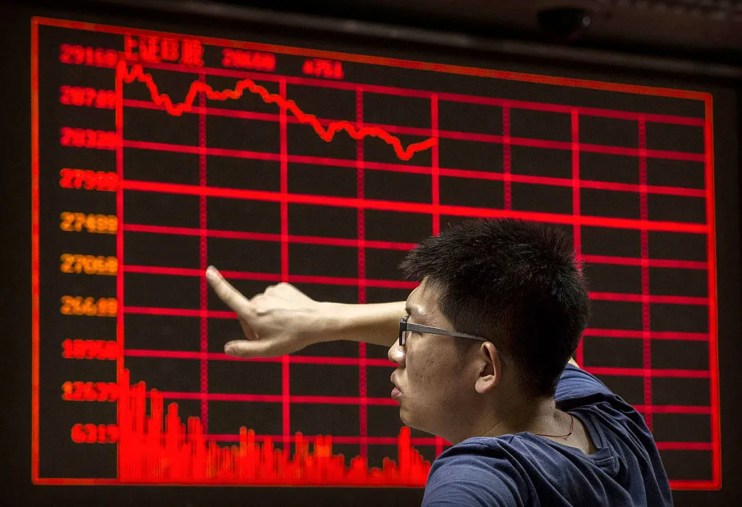Ashmore: Billions more pulled from asset manager as emerging markets’ demand sags

Emerging markets asset manager Ashmore Group reported that customers pulled billions more from its funds at the start of 2024, continuing a long running trend for the firm.
The group reported that $2bn (£1.6bn) had been pulled from the firm over the first quarter of the year, while negative investment performance lost another $100m (£80m).
These outflows came predominately from institutional clients looking to reduce risk, with money being pulled mostly from local currency, blended debt and corporate debt investment.
Only equities saw a slight net inflows, with every other sector of the company bleeding assets thanks to both poor performance and redemptions.
In total, the group’s assets under management now sit at $51.9bn (£41.6bn), just over half of where it sat a couple of years ago, as China has struggled to boost emerging markets and investors have become increasingly pessimistic on the sector.
The group’s stock price dropped one per cent on market open, with a fall of 60 per cent over the last five years.
“This quarter has seen little change in the headwinds that Ashmore has faced in recent years, albeit at a reduced rate,” said Peel Hunt analysts Stuart Duncan and Robert Sage.
The results were almost below analyst expectations, with Numis analyst David McCann expecting assets to total $53.7bn, while expecting outflows to only sit at $500m.
“We maintain our negative stance, predicated on the weak medium to long term investment performance, which we anticipate will continue to weigh on flows for the foreseeable future,” said McCann.
However, Ashmore did say it had successfully made some sales in its alternative assets, bringing in stronger than expected performance fees for the company later this year.
This will add around $8m (£6.4m) in extra revenue to the non-core part of its business for the second half of 2024, which had not been included in previous guidance.
Ashmore CEO Mark Coombs said macroeconomic stability in emerging countries underpinned “superior GDP growth compared with the developed world, and many central banks continue to cut rates in response to lower inflation”.
“An easing of US monetary policy will further boost hard currency bonds and, with the US dollar at or close to its cyclical peak, a weaker dollar will underpin returns from local currency bonds and equities,” he argued. “Ashmore remains well-positioned to benefit from the capital flows that should follow these positive market trends.”